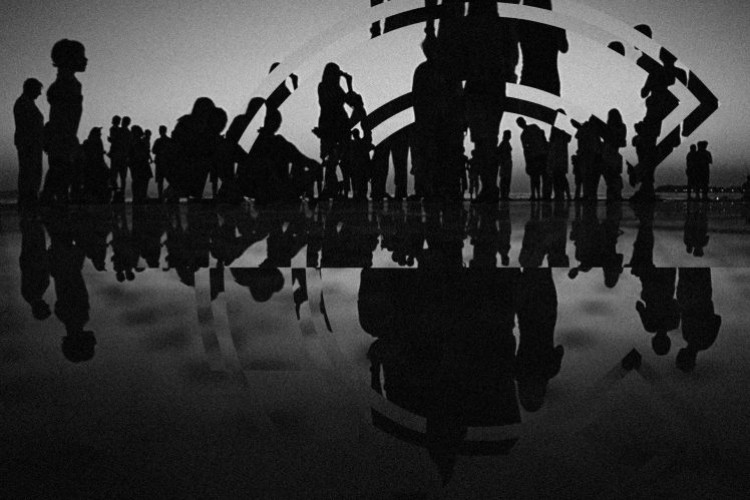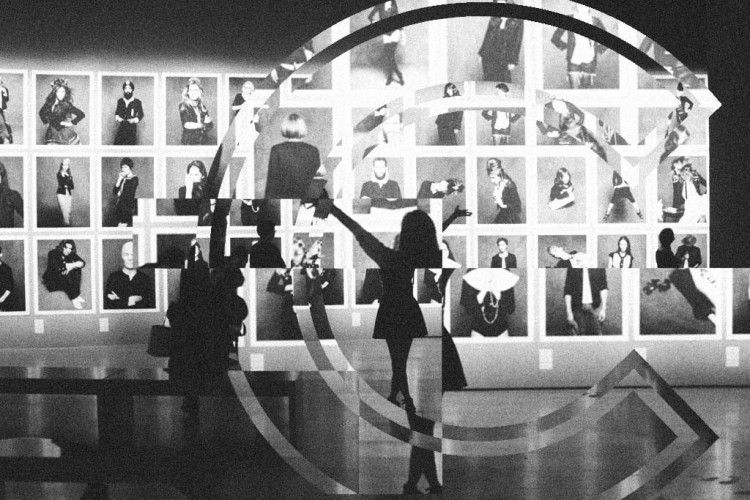
Just like branding a kid in high school as a “loser” for his looks, there exists a certain public stigma towards people, objects or items that have been unfairly “tagged” with negatively enforced labels. As a result, the general public would tend to not see these items beyond what they are tagged as.
But there is one particular tag that I want to visit and focus on in this article, and that is the “emo” tag.
Emo is a general term given to bands who write “emotive” music, usually with a punk or hardcore background. However, the term has also gained a negative social connotation over the years and could hinder potential listeners from taking a band’s music seriously.
Are potential listeners able to look past the “emo” tag to appreciate the music?
For a little background history, emo came in several waves. The first wave is in the 1980s when hardcore bands such as Rites of Spring, Embrace and Dag Nasty started to shout out emotional lyrics against the aggressive backdrop of hardcore.
The second wave, which is probably the most critically acclaimed, happened in the 1990s where a handful of bands from the American Midwest emerged with straightforward lyrics (“I’ll see you when we’re both not so emotional”) and indie rock instrumentation, paving the way for all “emo” bands to come. Bands like Mineral, Braid, and Christie Front Drive were mainstays of this period.
The third wave is probably the most maligned, as it kind of defined and stereotyped bands tagged as emo in a negative way to the public. This wave began during the early 2000s and technically lasted until the end of the decade and was the one that was associated with the oft-repeated image which can be described as a “whinier” form of goth.
You search the term “emo” on google, and the first pictures that will come up are the stereotype: kids in makeup, big sharp hair, etc. For the mature audience, the music of the bands that are associated with the image would often be dismissed, even if the bands did not dress as such, or distance themselves from the tag.
It was during the third wave that the scene gained mainstream attention, making it open and vulnerable to the terrifyingly judgmental words of mainstream media about the term’s self-centrism and immaturity, ultimately dragging down the music that “earned” the tag. Talented bands like The Used, Taking Back Sunday and Brand New were among the casualties of the judgment.
Due to this stereotyping, the music became dwarfed by the tag and its enforced image, creating an unfair situation for almost all bands that were ultimately tagged “emo.”
Whenever a new musical term breaks into the mainstream, people who are not familiar with it can be quick to find something about it to criticize. By quickly dismissing a band by what they are publically tagged, the potential for music to be discovered by those not in the know becomes limited. It was like that for bands that were tagged emo, just as much as it is for electronic producers who were tagged as “Dubstep.”
Emo-tagged bands such as Taking Back Sunday, who have matured over the years, in my observation, have not been taken seriously by most music media outlets. As a result, the band is recognized mostly as the ones behind the masterpiece “Tell All Your Friends” LP, which was released in 2001. They have released five albums since then, with each one showcasing their growth as musicians.
Despite their will to carry on as musicians, they are mostly remembered as that “emo” band from the beginning of the ‘00s.
I fear that this whole tagging and grouping of emo bands is going to happen again, this time championed by hip media outlets such as Pitchfork and Noisey, where they are repeating the words “emo revival”, given to a new wave of recent bands who fit the emo aesthetic. These bands too, are in danger of being overlooked due to the tags given to them by the media.
Brand New, for example, one of the more important bands in my lifetime, is heavily influenced by The Smiths in terms of their lyrical content, and they are probably one of the more sonically impressive bands I’ve ever heard. Their 2009 album “Daisy” is what I consider a noise-rock gem. Yet no media outlet besides those that focus on punk and emo gave them the credit they deserve.
They are a band that challenges their sound in every album they release and their musical qualities are now not so far from any acclaimed indie rock band currently popular in this day and age. Why aren’t they respected more as such? Why are people, and the media, not seeing them beyond the ill-fated tag?
It’s actually sad that the emo-tagged bands who lived their heyday in the mid-2000s are now resorting to album anniversary tours and reunions because that is an indication that nobody outside (or inside) the core “scene” are supporting them as musicians as they matured as artists.
Gems are discovered when one is willing to lift a rock. Don’t judge a book by what you hear (and therefore think) about it, before you read it yourself.
Brand New – Vices (2009)
The World is a Beautiful Place and I Am No Longer Afraid to Die – Gig Life (2013)
Dikembe – Apology Not Fucking Accepted (2012)
Snowing – Methuselah Rookie Card (2009)
Taking Back Sunday – Carpathia (2009)
Sunny Day Real Estate – Lipton Witch (2014)











